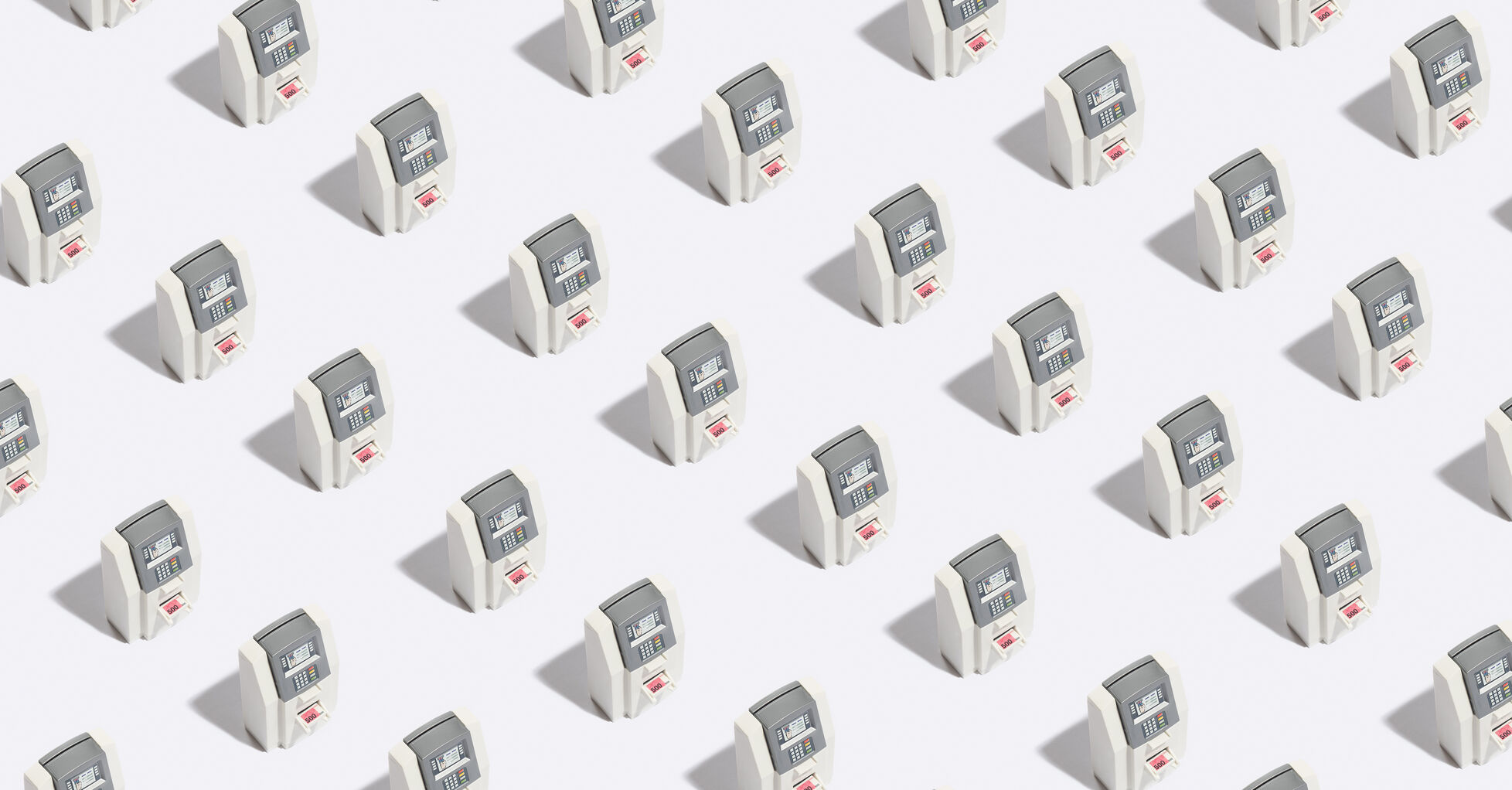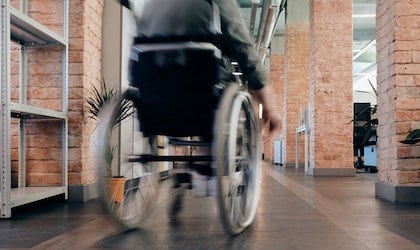During a personal injury claim, you may find yourself followed and photographed. While this can seem intrusive and stressful as you recover from your accident, personal injury surveillance is perfectly legal.
That said, there are limits to what the defence team can do. Knowing about surveillance laws and illegal surveillance helps protect your privacy while upholding your credibility during a personal injury claim.
Why am I under surveillance?
During a personal injury claim, the defence counsel often uses photographs and videos to cast doubt on the plaintiff’s credibility. They hope to catch you performing activities that are inconsistent with your particular injury.
If they can show that you have exaggerated your injuries, have better function and less pain than you claim, or may not even be injured at all, that can lead to you losing your case and failing to get the compensation you deserve, despite being truly in pain.
Types of personal injury surveillance
The insurance company’s defence lawyer may hire a private investigator to follow you in public, taking pictures and video of you performing activities that seem inconsistent with your claimed injuries. These can include tasks like yard work, running errands, sports or social gatherings, and driving, walking, or even just standing. Common types of personal injury surveillance include:
- Leaving your home. The insurance company has access to your home address. A private investigator may start their investigation at your residence and follow you as you go about your day.
- Driving. If you claim to have a fear of driving after an accident, photographing you in your vehicle can help thedefence counter that claim. Similarly, if your injury is aggravated by prolonged sitting, pictures of you sitting in your car can suggest otherwise.
- Grocery shopping. A photo of you reaching for that can of food on the top shelf or lifting a bag of potatoes will suggest you have exaggerated your limitations.
- Performing home maintenance. If you have claimed to be unable to perform certain physical activities, such as kneeling or performing repetitive movement, photographs of you shoveling snow, mowing the lawn, or gardening can tell a different story.
- Attending social events. Your claim may include depression, anxiety, and chronic pain that have socially disconnected you from friends and family. Although you forced yourself to attend a family function and put on a smile while wishing you were resting in bed, the investigator may capture your brief smile in a snapshot. The defence can argue that you are not credible and are exaggerating your social struggles.
- Going online. Investigators may use a simple Google search to dig up information on your current and past business interests, employment history, and community involvement. They can also view your publicly-available information on social media accounts, or pose as friends for deeper access.
This allows them to see photographs, videos, and text you and others have posted to Facebook, Twitter, Instagram, and Linkedin, including images of you performing physical activity or comments about your injuries or the case. Even with privacy settings, your information may be much more public than you think.
Legal implications of surveillance
Although you are experiencing pain and suffering after an accident, to others, photographs of you performing physical activity and enjoying leisure activities may suggest you are not suffering as much as you say. These photos and videos can have devastating consequences, as one case demonstrates:
“In a nutshell, the surveillance tapes disclose the plaintiff participating in activities he denied at trial he could do. When a person makes numerous complaints that are not worthy of belief, how does one determine what is legitimate? I am quite certain that Mr. Rajic has some complaints that are related to injuries from the June 2003 accident. His sworn evidence at trial concerning his pain and limitations are inconsistent with the level of function demonstrated on the surveillance tapes. I am not persuaded that they are as disabling as he alleges or that they have required him to cease participating in activities that he formerly enjoyed, including his employment.” — Justice D. Wilson, Rajic v Atkin [2011] O.J. No. 650
Although Mr. Rajic claimed to have been experiencing a “good day” when the photographs were taken, he lost credibility from the judge’s perspective, putting his personal injury claim in jeopardy.
What are my personal injury surveillance rights?
Although surveillance laws allow the defence to capture images of you in public, and perform public searches for your information, there are limitations. In some cases, this evidence may not be admissible.
- Surveillance method. Provincial privacy law legislation may limit surveillance based on its intrusiveness, for example, by upholding your right to privacy in your own home. However, this may depend on the situation, as one case suggests.
Ms. Milner had launched a disability claim against Manufacturer’s Life Insurance Company to receive benefits. In video evidence, the plaintiff was visible in her home helping her daughter remove an outer garment, showing more physical ability than her claim stated. Ms. Milner sought damages under the BC Privacy Act for intrusion into the privacy of her home.
“Although her expectation of privacy may legitimately be higher while in her house, on the night in question the blinds were open, and the lights were on. Therefore, anyone could have seen her helping her daughter while just passing by the house. Further, Ms. Milner ought to have reasonably known that Manulife was investigating her claim and that it was possible that video surveillance would be used. Thus, her entitlement to privacy on the evening in question was low.” — Court ruling, paragraph 83, Milner v Manufacturer’s Life Insurance Company
Although the court did conclude that the daughter’s expectation of privacy was breached, her name was not on the lawsuit so it was not relevant to the case. Depending on the course or circumstances of a particular case, insurers may be able to use wider surveillance methods, as long they do not breach the plaintiff’s reasonable expectations.
- Use. Personal injury surveillance evidence may or may not be used at trial depending on if the evidence is characterized as privilege: the defence may not have to show you evidence they did not specifically seek for the court case.
When the defence counsel has commissioned personal injury surveillance and received reports, they must show you its existence and details. This may include dates and locations, duration, and the investigation firm’s name. If the defence fails to disclose this information soon enough, they may not be able to use the evidence.
However, the evidence may still cast doubt on your credibility.
What should I keep in mind during my case?
When you are involved in a personal injury case, be aware that you may be under scrutiny. Anything you do in public, or post online, is available for the defence to make you look less credible and demonstrate you have greater physical and mental ability than you claim.
When you are suffering, your instinct may be to downplay your pain for the benefit of your friends and family. It is important to be aware of how your actions may appear to others who are unaware of how you are truly feeling inside. At the same time, being aware of surveillance laws and illegal surveillance empowers you to protect your privacy and your case.
If you have questions about surveillance laws, believe your privacy rights were violated through illegal surveillance, or are considering a personal injury lawsuit, contact Gosai Law for more information.











